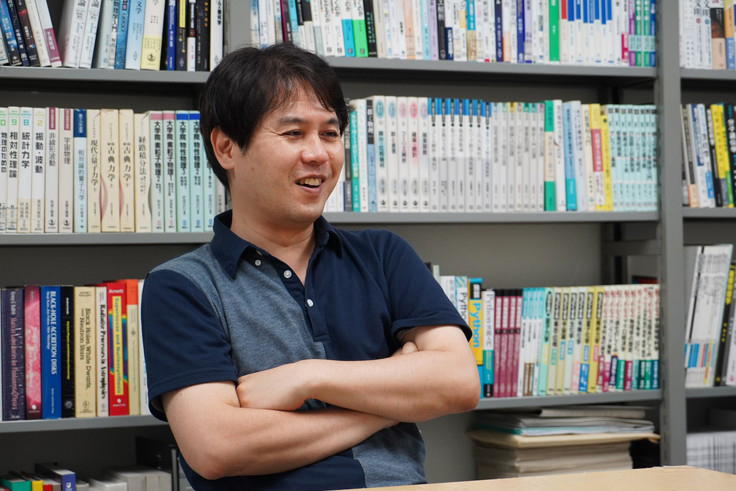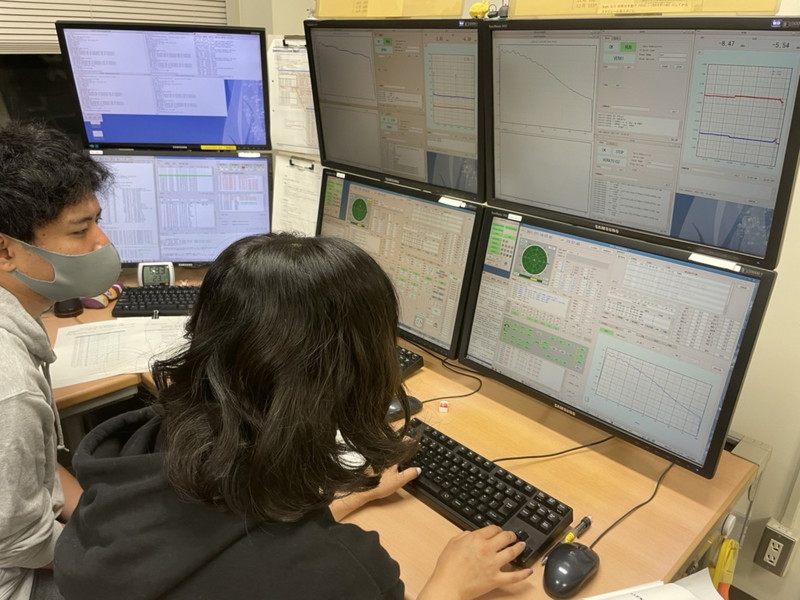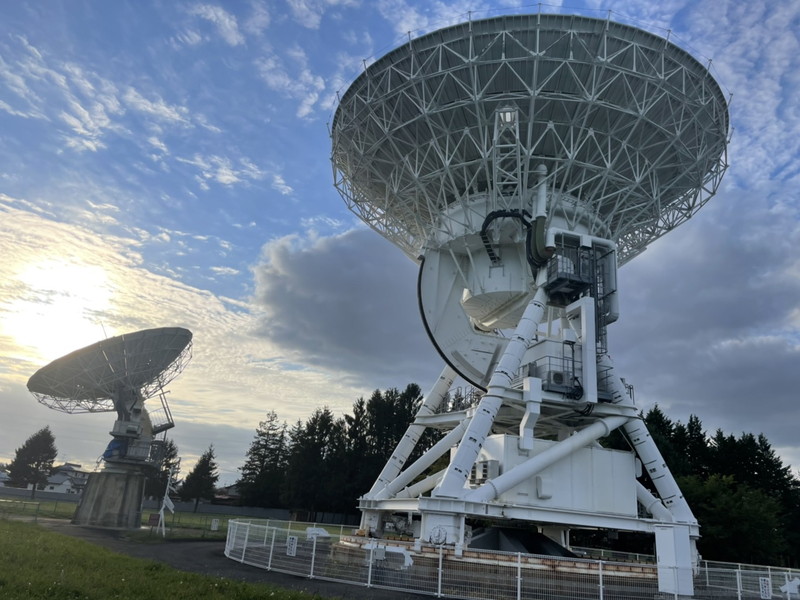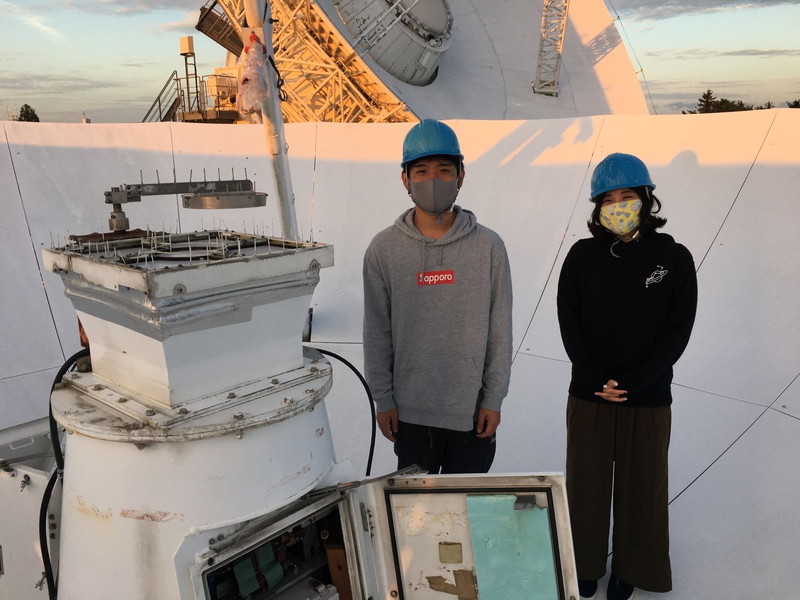NEWS
IROAST Researchers - Prof. Keitaro Takahashi
English Japanese
Attempting to clarify questions about space that everyone asks at least once

Prof. Keitaro Takahashi
IROAST International Joint Research Faculty Member
Faculty of Advanced Science and Technology (Faculty of Science)
Events related to space, such as launching asteroid explorers and space flights, are often topics of conversation. No doubt everyone has had some question about space at least once. Professor Keitaro Takahashi is conducting research to clarify the answers to those questions.
■ Searching for the first stars and extraterrestrial life in the universe
Q: Please tell us about your research.
Takahashi: My research is in a field called astronomy. I observe space using a telescope and conduct research to elucidate cosmic phenomena. I am mainly focusing on two areas of research using radio telescopes, which capture radio waves invisible to the human eye.
The first research project is attempting to detect the first stars born in the universe. It is said that the universe was formed approximately 13.8 billion years ago, and our Sun and the Earth were born approximately 4.6 billion years ago. However, there should be stars that were formed much earlier. Based on current estimations, the first stars were born approximately 100 million years after the formation of the universe, but these stars are at the edge of the universe and cannot be observed with current technology. In this regard, radio telescopes can be used to observe gases that form the elements of stars. If we can observe the gases of the ancient universe, this may lead to a better understanding of the first stars. However, radio telescopes also detect extraneous radio waves like those emitted by smartphones, making it necessary to differentiate the signals we want to observe from those we do not.
The second research project involves the search for extraterrestrial life. I mentioned earlier that radio telescopes also detect radio waves emitted by smartphones, and similarly, various types of radio waves are constantly leaking from the Earth. In other words, if we are able to detect radio waves leaking from a planet, it can be considered a civilized planet with some form of intelligent life. There are said to be one trillion planets in the galaxy. So, there are probably other planets like the Earth where life exists.

Q: What was your motivation for starting this research?
Takahashi: I have been interested in space since I was young. I read and reread my space encyclopedias until the pages were tattered, and I watched and rewatched programs about space on television. At the university, I joined the research laboratory of a professor who appeared in those programs.
I am currently involved in a plan to build a new radio telescope in Australia. My current research is in preparation for research using the new telescope. Researchers from such places as Europe, China, and Africa are also involved in the construction of the radio telescope, and the project is progressing as we discuss how to build a telescope with an even better performance.

■ Supporting overseas exchange and providing an environment conducive to research
Q: What are the advantages of IROAST?
Takahashi:IROAST is focusing efforts on overseas exchange by inviting researchers from overseas and providing financial support for overseas travel. IROAST also supports the research project for the construction of the radio telescope in Australia. I am also conducting joint research with researchers from India and the United States. These joint projects started by my contacting other researchers or other researchers contacting me, but IROAST provides an environment conducive to conducting research with overseas researchers.
IROAST’s Young Internship program, which accepts international students, is also good. It would be great to introduce this program to overseas researchers.
Q: Your research would take much longer to produce results than other types of research. What keeps you motivated?
Takahashi: I think everyone has had simple questions about space, like “Do aliens exist?” or “Does the Moon Rabbit exist”? But these questions are quite difficult to investigate. Being able to address these questions is the ongoing appeal of this research.

■ The ability to immerse oneself in scrutinizing simple questions is the real pleasure of being a researcher
Q: How do you spend your free time?
Takahashi: I like to go on outings with my family, but these are more infrequent recently as my children have grown up. Well, when I say outings, it’s only going to the shopping mall or arcades (laughs). We have also been to Ezu Lake several times. Kumamoto is neither too urban nor too rural. It’s the perfect environment for raising children.
Q: What is your message to young researchers?
Takahashi: The radio telescope whose construction plans I am involved in is not a project that can be carried out just anywhere, so it is good to discuss this with motivated researchers. Being able to immerse oneself in scrutinizing questions that puzzle you is the real pleasure of being a researcher. Let’s continue trying to explore simple questions.
Reference links
- IROAST Staff - International Joint Research Faculty Member

